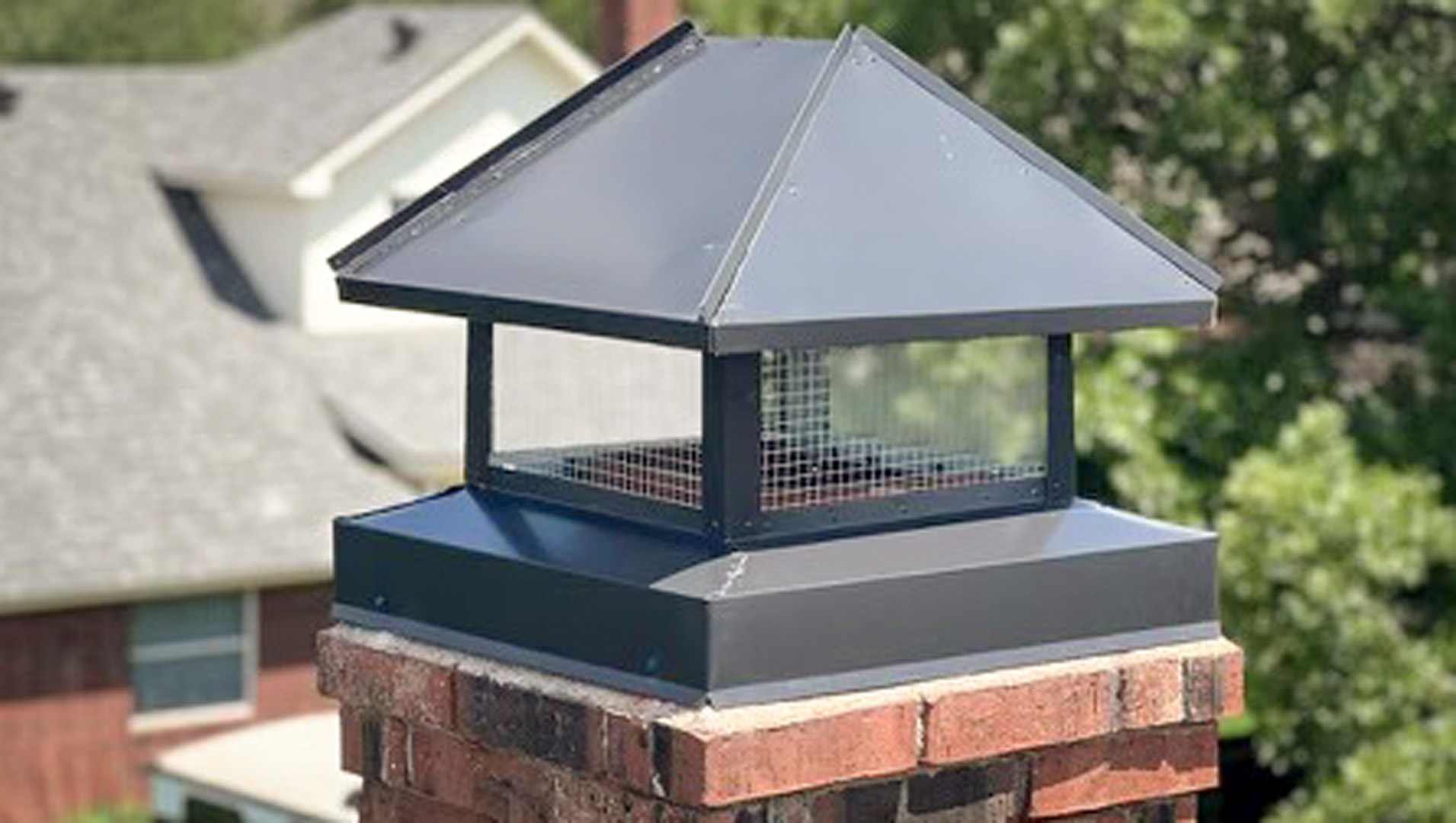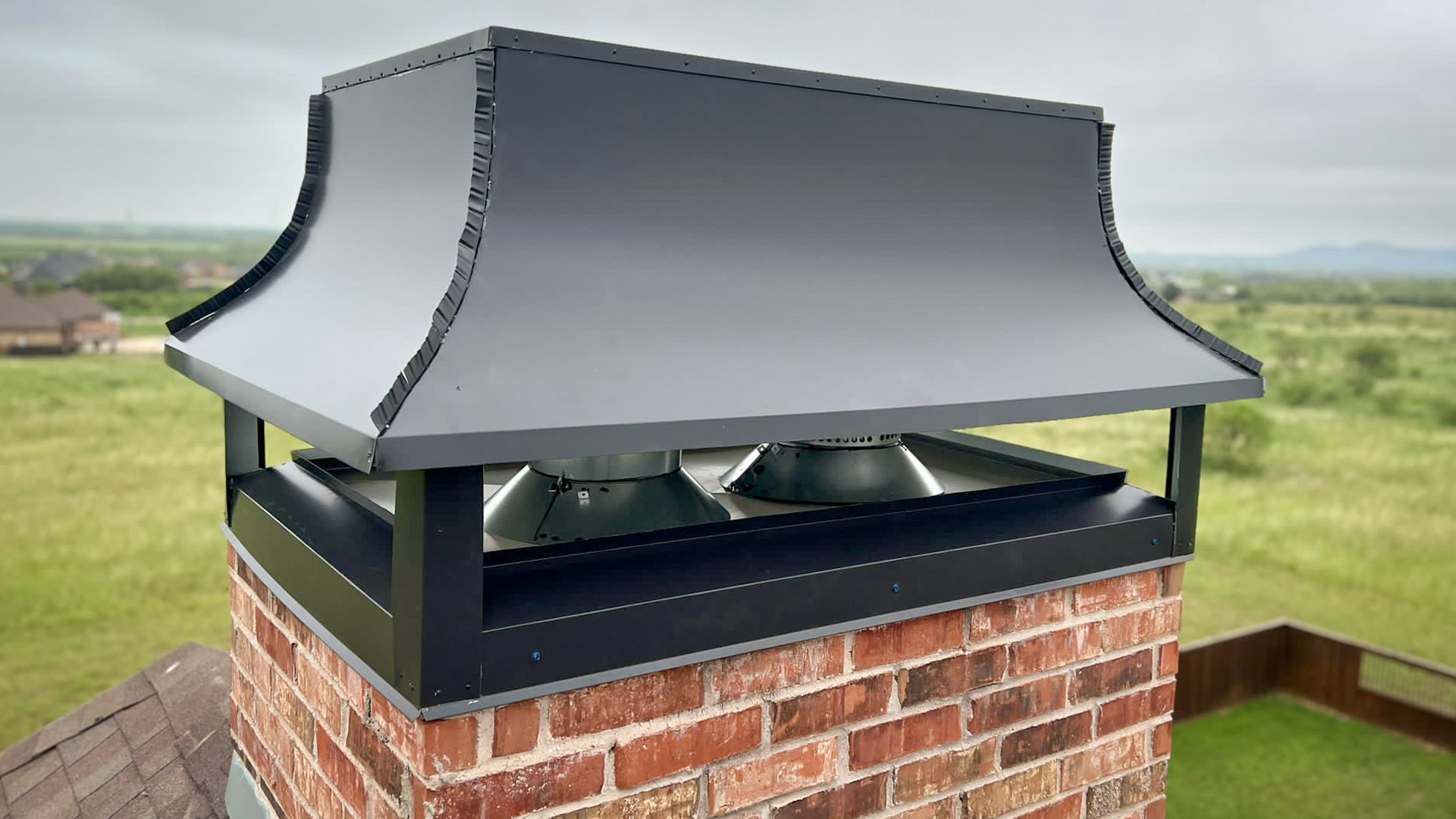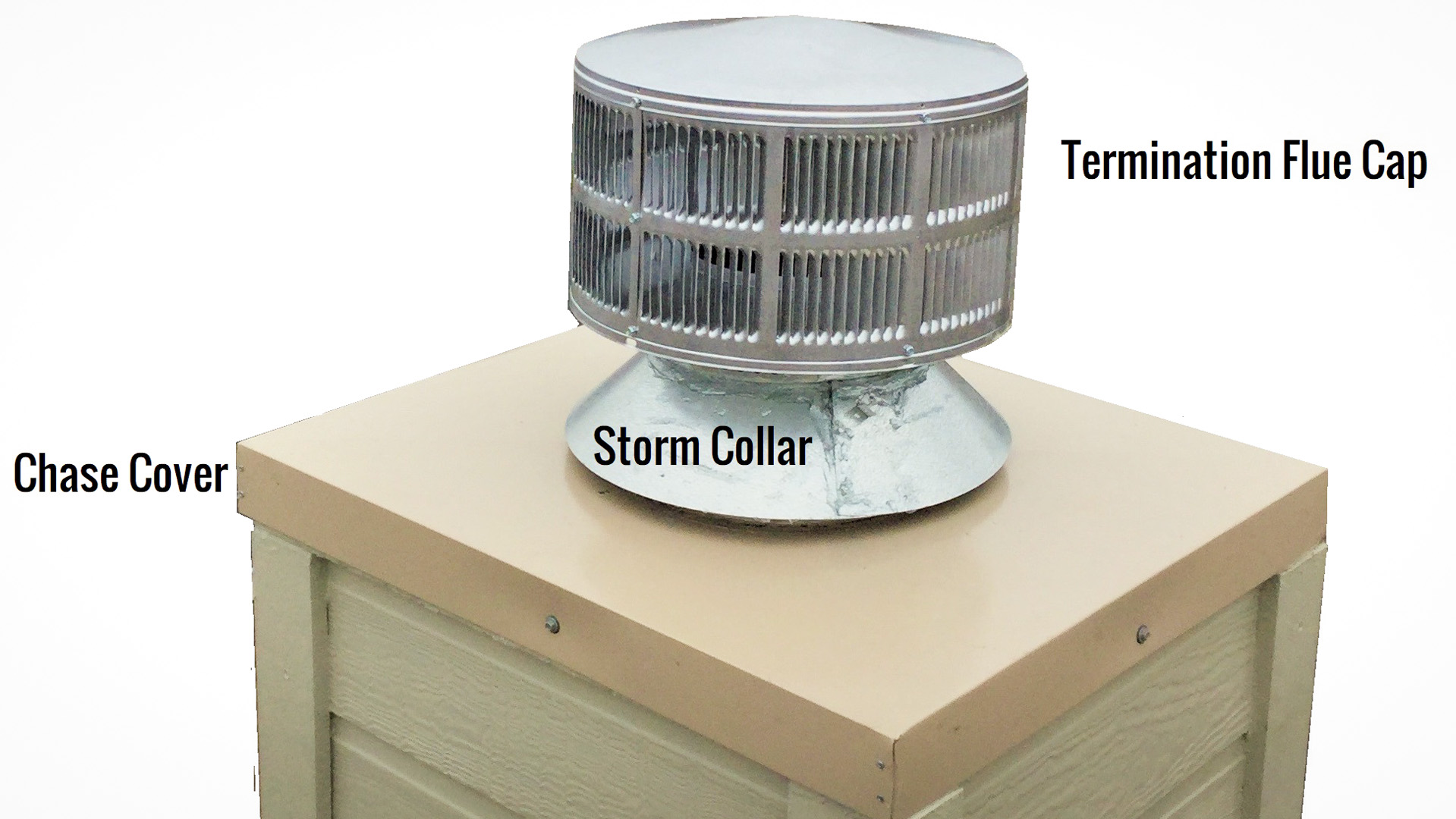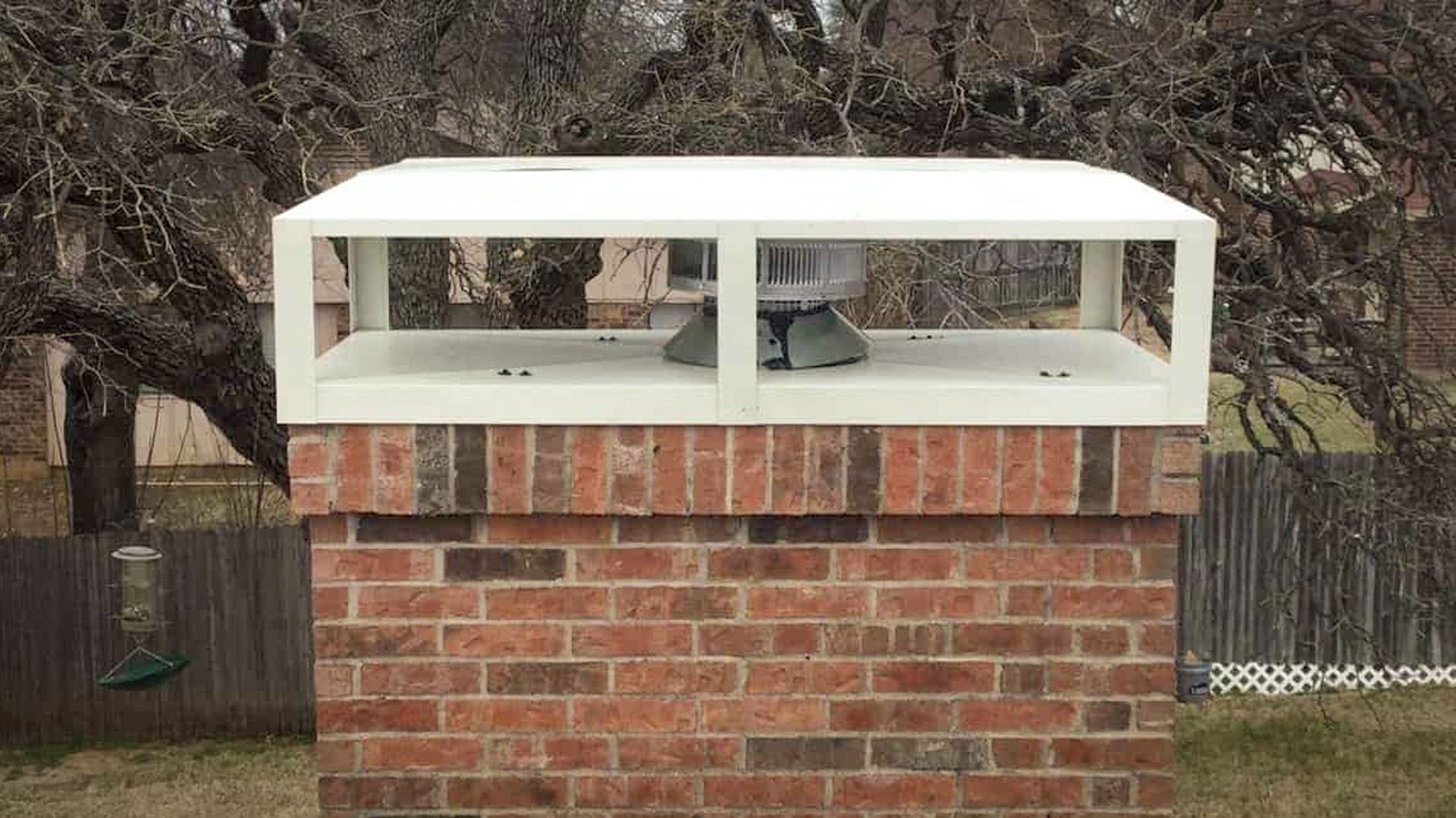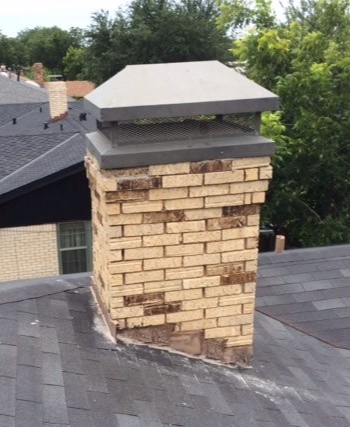Chimney
Book now and save some peace of mind.
When it comes to your chimney, the question is never if
the chimney should be inspected, it’s when should it be inspected?
Inspection
Do I really need an annual inspection?
Chimney safety professionals and industry leaders recommend that a chimney be swept and inspected annually. The hard fact is that residential fires do happen, and when they do, there are often catastrophic results. Also, many of our products require annual inspections to maintain the lifetime warranties.
What kind of inspections are there?
There are three different levels of chimney safety inspections, all designed and created by the Chimney Safety Institute of America. We do a level 2 inspection on every chimney we inspect and sweep.
Click each level below to display details.
Chimney inspection
After the initial inspection, we will recommend a course of action, whether that’s necessary repairs, or the assurance you’re ready to enjoy a fire. If there are concerns with the functionality of your chimney, we will provide you with a quote and discuss with you options for the needed repairs.
We’ll get it inspected next year.
If you choose to skip a chimney inspection or simply forget, you could run into all kinds of problems. These problems could cost you thousands of dollars in damages, or may result in injury or death. Residential fires are not something to be taken lightly, and an unchecked chimney is a common cause of house-fires.
Aside from a residential fire, a damaged or unchecked chimney can cause a homeowner to experience other kinds of unforeseen problems not caused by fires. Water intrusion may lead to problems including mold and structural damage. Weathering can deteriorate mortar joints and cause bricks to chip away. Any missing mortar or brick means your chimney is not functioning correctly. A damaged chimney could also affect your home’s ability to retain heat and become an excessive cost to maintain.
The structural and functional soundness of your chimney has numerous affects on the overall value and dependability of your home. Investing in your chimney is investing in the reliability of your home and the peace of mind it provides you and your family.
What are we looking for?
We will look for any damage, unwanted deposits, or buildup. All levels will include an inspection of the inside and outside of the chimney for:
- suitable lining material
- loose or spalling bricks
- parging of the smoke chamber
- missing or deteriorated mortar
- cracks in the flue tiles
- cracks in the concrete crown
- rusted chase covers
- nests or creatures in the chimney
- water intrusion
- creosote or other hazardous build-up
- structural soundness and functionality
What Then?
After the initial inspection, we will recommend a course of action, whether that’s necessary repairs, or the assurance you’re ready to enjoy a fire.
If there are concerns with the functionality of your chimney, we will provide you with a quote and discuss with you options for the needed repairs.
Sweeping
What to expect from Shane's Chimney
Our sweeps use state-of-the-art equipment to sweep chimneys of all kinds, including wood, oil, and gas-burning chimneys. Sweeping removes creosote buildup, while sweeping your system, we inspect it to ensure that it’s in working order. We look for any problems that could prevent peak performance and recommend what is needed for your system to burn cleanly and meet safety standards. An inspection is included with every sweep.
Industry professionals, the Chimney Safety Institute of America, recommend annual chimney inspections and chimney sweeps.
A reported 42 percent of house fires are related to chimneys and fireplaces – lets clean the creosote out of your chimney to keep your house off the statistics board.
Creosote is a black or brown residue that can be crusty and flaky…tar-like, drippy and sticky…or shiny and hardened. All forms are highly combustible. If it builds up in sufficient quantities – and the internal flue temperature is high enough – the result could be a chimney fire.
Chimney Caps
3 Reasons to Get a Chimney Cap: Rain, Animals, and Sparks. Custom manufactured from galvanized steel, copper, or stainless steel this cap covers the entire crown of your chimney sealing out all water and birds. This cap will meet all safety and code requirements. We personally guarantee this cap.
Our options can be viewed below.
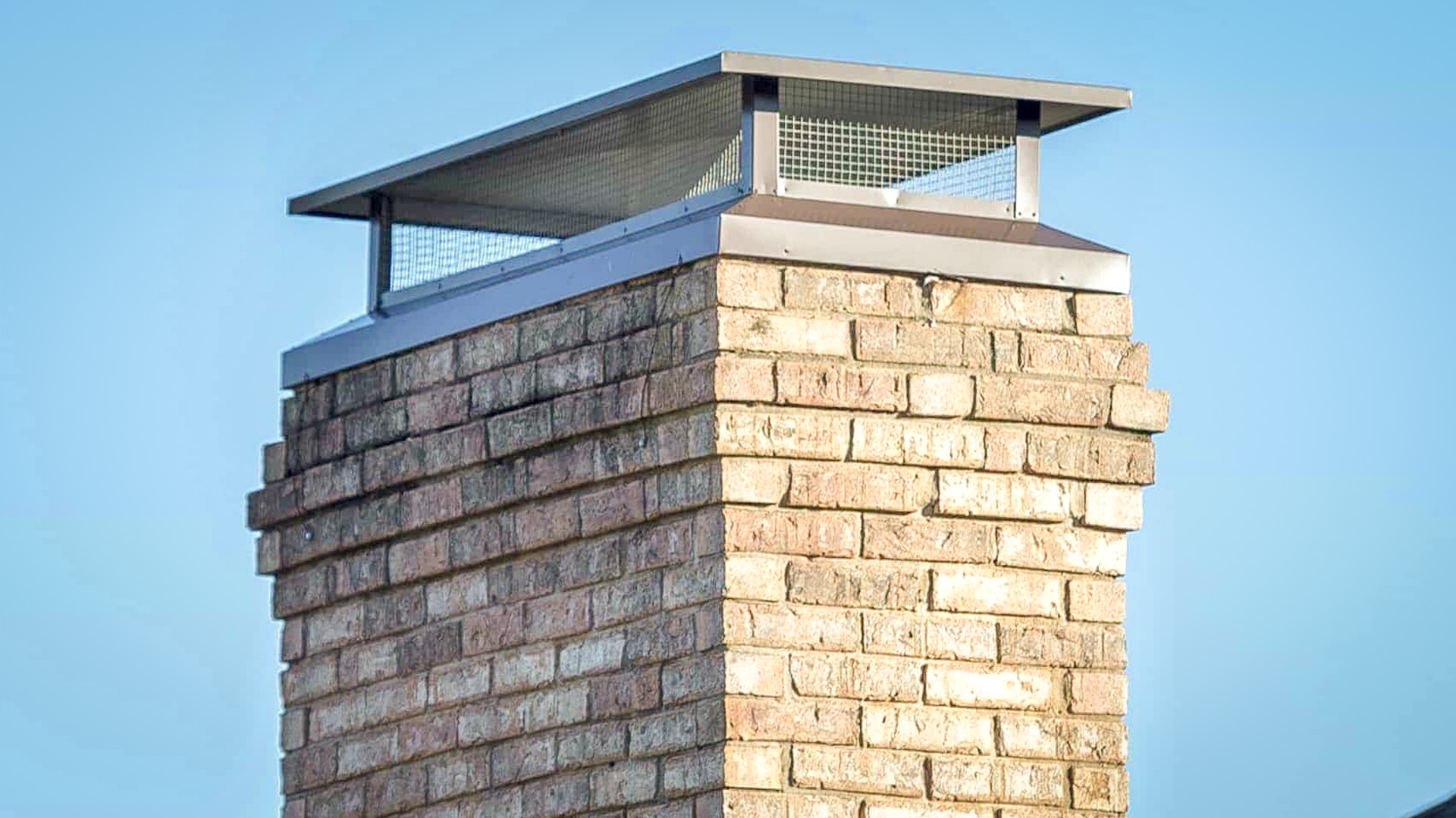
#1 Flat Lid
If you're seeking a chimney cap that exudes simplicity, elegance, and a modern aesthetic, look no further.
This chimney cap is not only visually appealing but also budget-friendly. While Shane's Chimney Care offers various chimney designs, the #1 Flat Lid Chimney Cap consistently receives high praise from our satisfied customers.
The pricing for our chimney caps varies depending on factors such as size, installation complexity, and the preferred material used to craft the cap. Feel free to contact us today to discuss the pricing specifics based on your chimney's dimensions.
At Shane's Chimney Care, we understand the importance of customer satisfaction. That's why we provide a diverse range of color and material options to ensure you find the perfect fit for your chimney cap.
We aim to meet and exceed our customers' expectations, so explore our selection and find the ideal color and material for your needs.
What kind of fireplace do I have?
Learn more about what kind of fireplace you have.

Free Standing Stove
Free standing stoves are units which sit out away from a wall, not inside it. Usually cast iron, free standing stoves have a door and damper allowing for some control over heat and airflow. Smoke is vented through a pipe going through the ceiling and out of the roof, without a typical chimney.
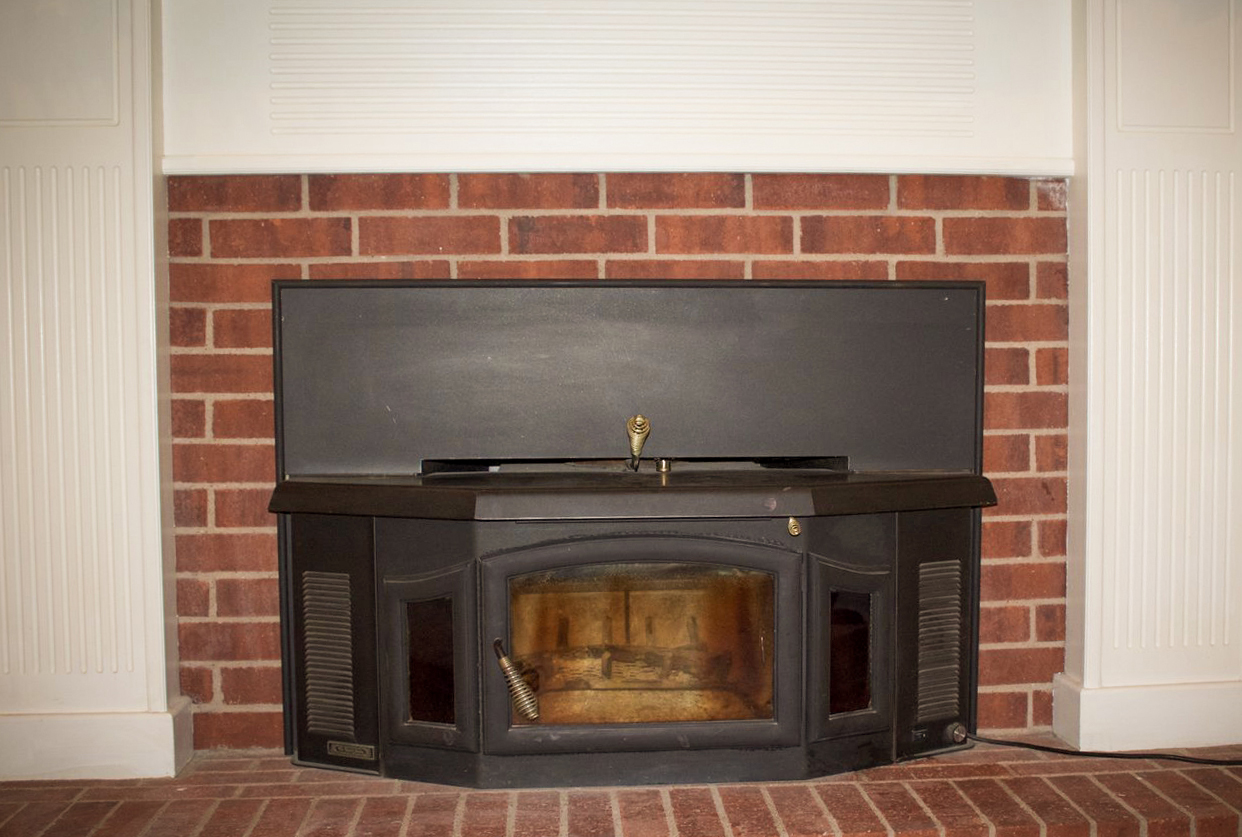
Fireplace Insert
Inserts slide inside of a traditional masonry fireplace. Usually installed to control the flow of oxygen to the fire and to help effectively disperse heat from the fire. Inserts completely enclose the fire with doors and a damper and should have a metal liner attached to the top that terminates at the top of the fireplace flue.
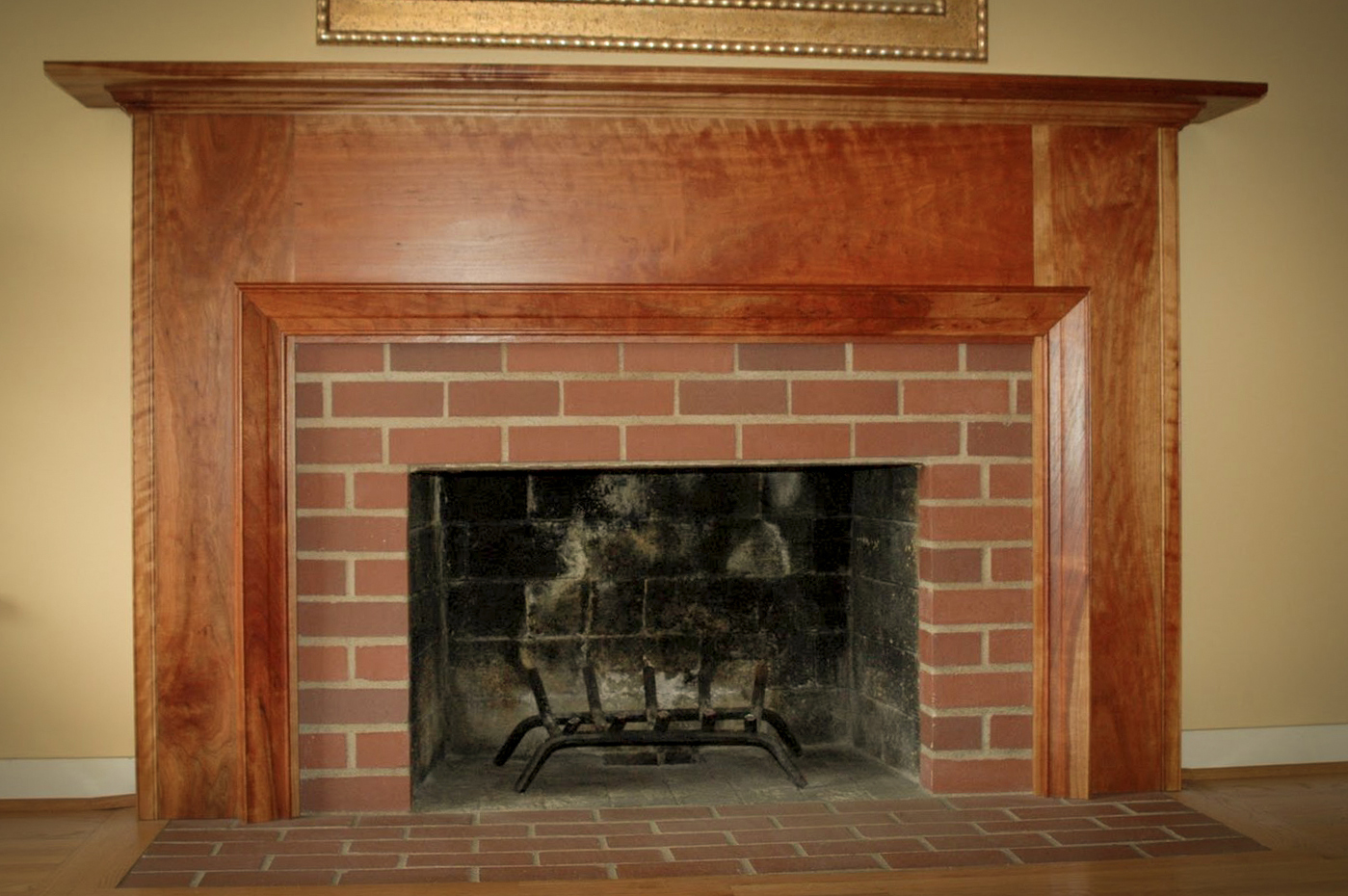
Traditional Masonry
Masonry fireplaces usually have a throat damper with a handle at the top of the firebox. Often having glass doors, that do not seal with a gasket. These are the most common fireplaces that we see. They vent through a masonry chimney which should have a proper lining material, a purged smoke chamber, and a chimney cap.
